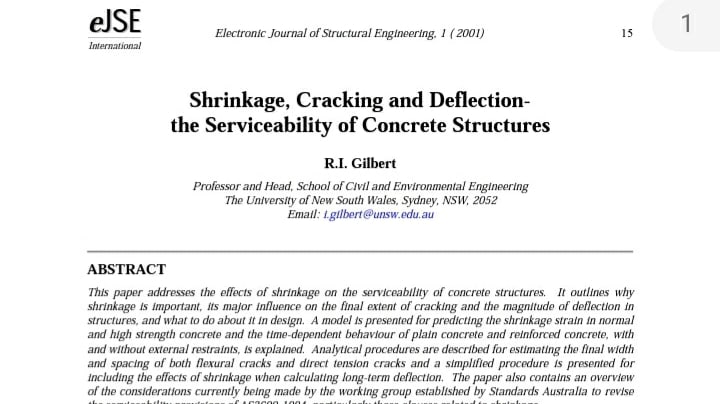NewbieInSE
Structural
Hello.
Normally we have been using 35% stiffness modifier for checking slab vertical deflection for Service load combination (DEAD+LIVE).
Would you use the creep coefficient along with reduced stiffness of slab and beam etc.? My creep coefficient is about 1.7.
Please share your approach regarding slab deflection check.
Thanks.
Normally we have been using 35% stiffness modifier for checking slab vertical deflection for Service load combination (DEAD+LIVE).
Would you use the creep coefficient along with reduced stiffness of slab and beam etc.? My creep coefficient is about 1.7.
Please share your approach regarding slab deflection check.
Thanks.


